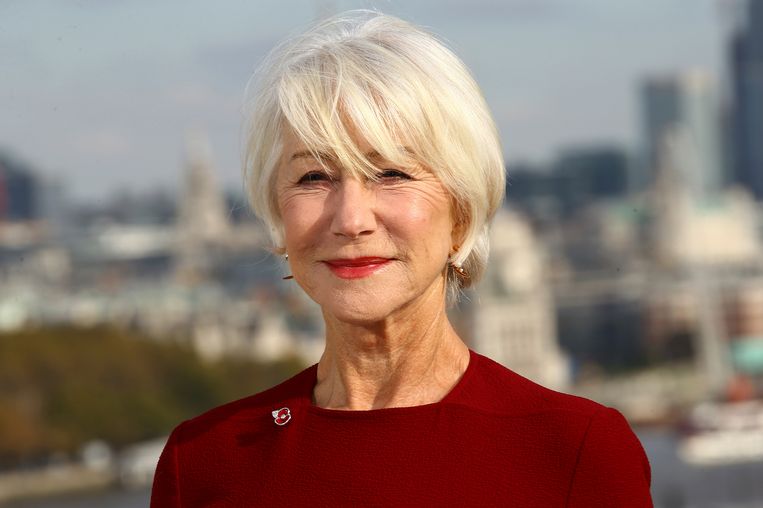
I’m sure you know that the age group that are most at risk from COVID-19 are the over-70s.
It has been one of the most consistent messages the UK government has tried to communicate.
Yet until recently this message fell on deaf ears. No, I don’t mean that the over 70s are old and hard of hearing, I mean deaf ears in a metaphorical sense. I don’t know about anyone else, but I’m not surprised that after trying and repeatedly failing to keep me from going out for most of my teen years, I got short shrift when I deigned to suggest that my parents stay in! In fact, I think one of the reasons that the stay at home message initially failed to convince many of this generation is that contrary to the vulnerability that their absolute age (and the stats) suggests, they feel that they are fit, healthy and active.
The initial advice simply didn’t resonate; it was for those ‘other people over 70’.

Let’s take three over 70s more well-known than my parents by way of an example. Donald Trump, Helen Mirren and Margaret Atwood; an interesting and diverse line-up for any fantasy dinner party but would you like to be the guest that labels them as ‘old’? Not all 70-year-olds feel like they are 70 and I’d wager that none of them like to be constantly reminded about it.
In fact, there are studies that are claiming that 70 could be the new 40. One study conducted by Oddfellows, a non-for-profit friendship group, identified 70 and beyond as one of the happiest times in our lives, challenging the popular notion that life starts after 40. Another more health orientated study published in the Journal of Applied Psychology determined that people in their 70s who have been exercising regularly for decades are about as strong and have the heart and lung capacities of healthy people in their 40s.
So what does all this tell us and what can we learn about targeting, motivating and communicating?
Firstly, it tells us that that even if science proves that a key metric is a demographic one, the people who make up that group are not homogenous. They are very different not just physically but also in their beliefs and motivations which in turn governs their likely behaviour.
Secondly, that even when what you say is factually true, it doesn’t mean that people will engage with it, agree with it and act on it.
In fact, the shift in the focus of communication in more recent weeks is a much better example of what can be done when you look beyond labels.

“Stay home, protect the NHS and save lives” is much more powerful piece of communication for a number of different reasons.
It is not age led.
It is a more emotionally charged message.
It taps into a very widespread emotional bond the country has with the ‘national treasure’ that is the NHS
It uses a classic writers’ tool – ‘the power of three’ that my colleague and resident TVE brand Guru Giles Lury often espouses. The power of three is a well-known concept in storytelling and manifests itself in stories with three central characters including the likes of The Three Musketeers, Three Men and a Baby and Three Little Pigs among others. Equally, it is used to emphasise and make a point: ‘You’ve let the school down; you’ve let me down; and you’ve let yourself down.’ Not surprisingly it is widely used by marketing copywriters, generally to good effect.
So, what does this mean for marketers as we move forward. Three (yes three again) things I would suggest are…
- Demographics is just one method of grouping individuals, and quite a blunt instrument at that. What people think and feel is more predictive of how someone might act – think about the person not just their age
- There is a real power in emotionally led communication
- Harness the power of classic storytelling ‘tools’ such as the power of three to make your concept/ message/ summary/ insight more punchy and crucially, more memorable


